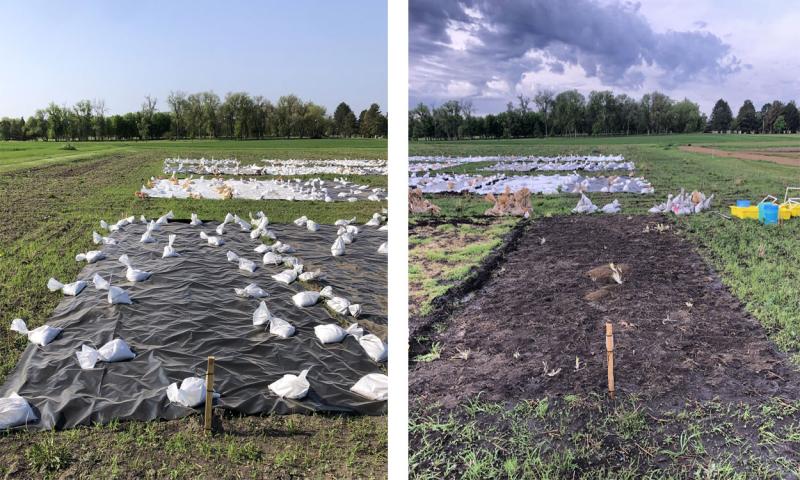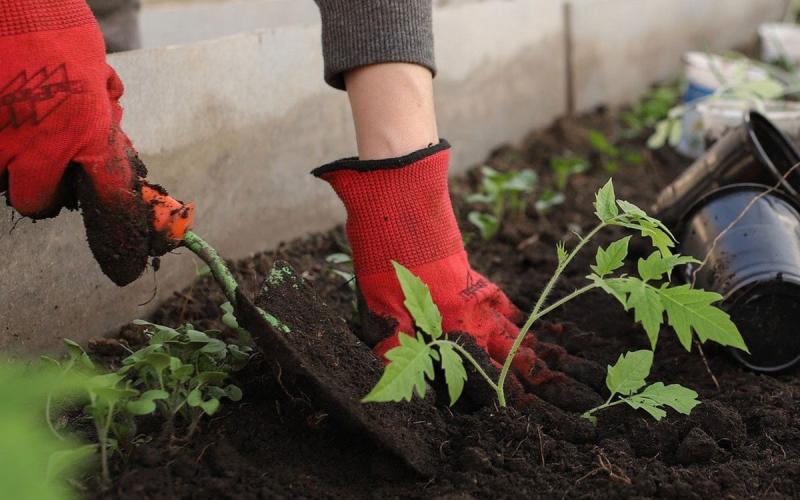
Written by Hannah Voye, SDSU Department of Agronomy, Horticulture and Plant Science Graduate Research Assistant, under the direction and review of Kristine Lang and Rhoda Burrows, former Professor & SDSU Extension Horticulture Specialist.
Introduction
Farmers are always looking for effective ways to reduce weed competition within their vegetable crops. One method is soil tarping. When tarps are applied in early spring and removed before planting, they can reduce weed pressure for early season crops like onions. Since onions have a very minimal canopy and therefore do not provide much soil coverage, they have high susceptibility to weed pressure.
Funding and Acknowledgements
This material is based upon work that is supported by the National Institute of Food and Agriculture, U.S. Department of Agriculture, under agreement number 2022-38640-37486 through the North Central Region SARE program under project number LNC22-460. USDA is an equal opportunity employer and service provider. Any opinions, findings, conclusions, or recommendations expressed in this publication are those of the author(s) and do not necessarily reflect the view of the U.S. Department of Agriculture. Special thank you to the Lang Lab Graduate and Undergraduate Research Assistants at South Dakota State University: Alexis Barnes, MacKenzie Christopher, Ellen Fitzpatrick, Joslyn Fousert, Emily Guggisberg, Jacob Koch, Johanna Livermore, Connor Ruen, Trevor Ruen, Ashtyn Schultz, and Ruth Wilford.


